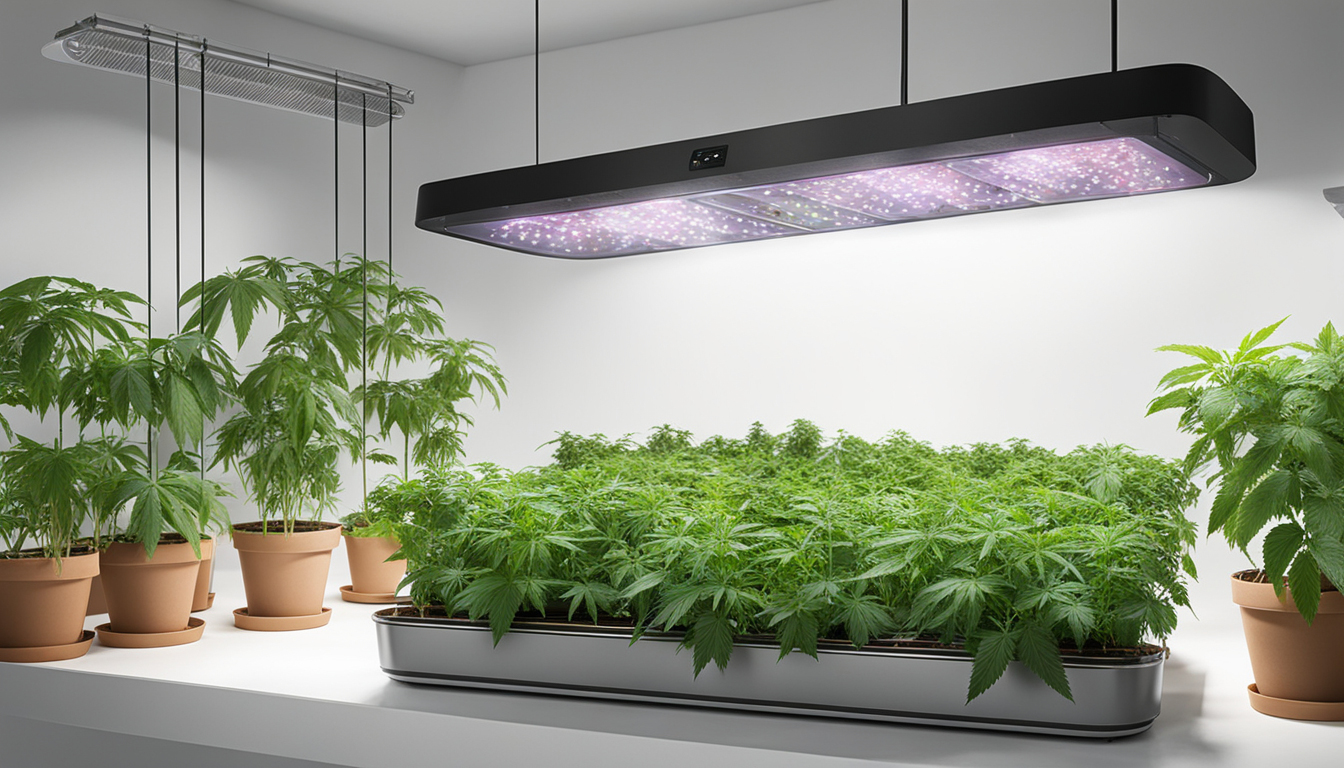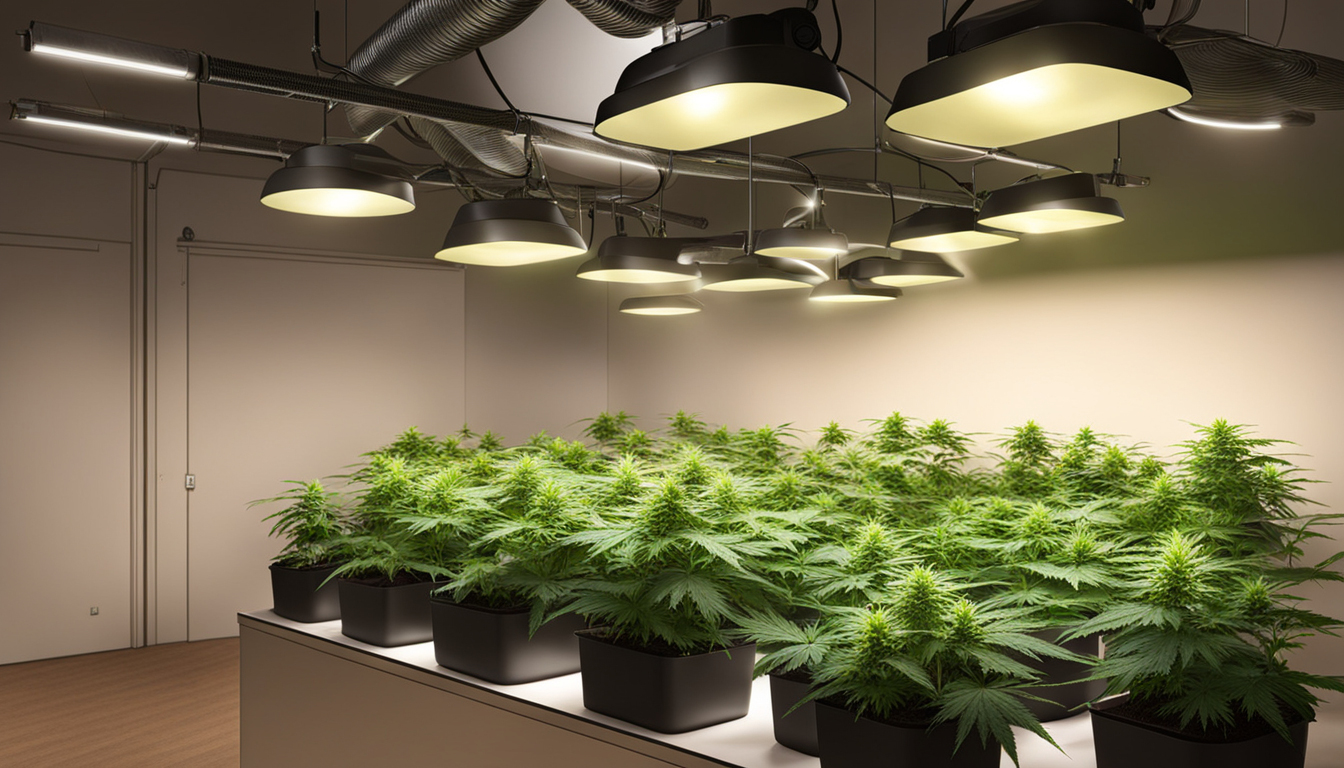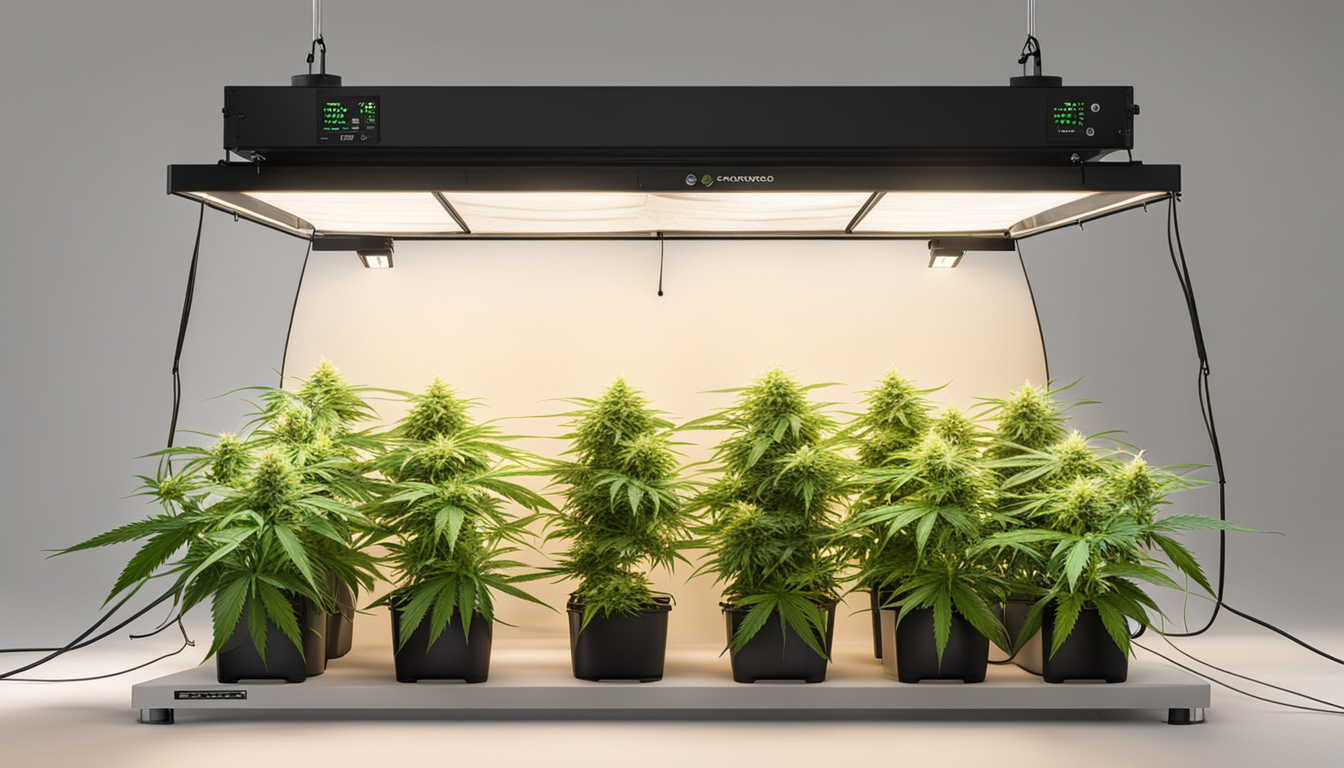Weed Grow Tutorial

Whether you're new to cannabis cultivation or looking to improve your existing harvest, following this complete guide will help you produce bountiful, high-quality yields right at home. With the right supplies, methods, and care, growing cannabis indoors can be an extremely productive and cost-effective endeavor.
Choosing Pot Varieties
The first step in planning your indoor crop is picking the right pot varieties to grow. The three main types of weed plants each have their own characteristics.
Energizing strains
Known for their invigorating intellectual effects, sativas spread tall and slender with narrow leaves. They flourish in hotter equatorial climates and have a longer blooming time between 2.5-3 months indoors. Top sativa strains include Jack Herer, Durban Poison, Super Lemon Haze, and Jack Herer.
Relaxing strains
Indicas provide relaxing full-body effects and spread short and bushy with wide leaves. Adapted to colder mountain climates, they bloom faster within 8-9 weeks. Popular relaxing varieties include Granddaddy Purple, Northern Lights, and Bubba Kush.
Hybrids
Mixed strains blend traits from both energizing strains and indicas. They offer blended effects and have medium flowering times around 2.25-2.5 months. Well-known hybrids are OG Kush, Girl Scout Cookies, and Blue Dream.

Setting Up Your Grow Space
Cannabis plants need the right controlled environment to thrive. Key factors for indoor cultivations are lighting, airflow, layout, and finding the ideal discreet location.
Location
Choose an available space with quick access to irrigation and electrical outlets. An empty extra bedroom, unused closet, basement corner, or cultivation tent locked away in a garage all make great hidden cultivation room spots.
Lighting
Marijuana requires intense light for all vegetative stages. LED grow lights are efficient and come in full spectrum options simulating real sunlight. Provide 15-25 watts per square foot for the growth stage and 20-40 watts per sq. ft. for bloom.
Ventilation
Proper ventilation and exhaust systems keep ideal temperature, moisture, and pure CO2 levels. Install silent 10-15 cm fans or scrubbers to refresh old air and reduce odors.
Layout
Maximize your space by positioning plants strategically under the lights and allowing room to reach and work around them. Set up separate zones for growth, bloom, drying, and propagation.

Growing Mediums
Marijuana can be cultivated in different mediums, each with pros and cons. Pick a proper option for your particular setup and growing style.
Soil
The classic medium, soil is affordable and easy for beginners. It provides excellent taste but needs more irrigation and nutrients to feed plants. Enrich soil with vermiculite or coir to improve drainage.
Coco Coir
Made from coconut husks, reusable coco coir retains water but still lets in air to the roots. It's more sterile and more consistent than soil. Use coir-specific fertilizers to prevent calcium buildup.
Hydroponics
In hydro systems, plant roots grow directly in nutrient water solution. This allows rapid growth but needs close monitoring of water properties. DWC and irrigation systems are popular methods.
Sprouting Seeds
Sprouting prepares your pot seeds to start growing radicles. This prepares them for planting into their cultivation medium.
Towel Method
Put seeds between wet paper towel and maintain them damp. Inspect after a week for emerging taproots indicating germination is complete.
Direct Planting
Plant seeds directly into wetted cultivation medium 6mm deep. Gently water and wait 7-14 days until seedlings push through the surface.
Rockwool Cubes
Presoak rockwool cubes in balanced water. Insert seeds 1⁄4 inch deep into the cubes. Keep cubes moist until sprouts appear within a week to 2 weeks.
Repotting Seedlings
Once sprouted, cannabis seedlings need to be repotted to prevent crowding. Move them into proper sized containers.
Preparing Containers
Fill large containers with growing medium amended with slow-release fertilizer. Let pots to absorb water overnight before transplanting.
Carefully Transplanting
Gently loosen young roots from germination medium using a spoon. Place into pre-soaked pot at same depth as before and lightly water in.
Growth Stage
The growth stage encourages leafy growth and plant structure through 3/4 to full day of continual lighting exposure. This stage usually lasts 4-8 weeks.
Using 3/4 to full day of Light
Use grow lights on a 24 daily schedule or natural sunlight to trigger constant growth. Lamp intensity influences height and node distance.
Fertilizing
Use vegetative stage fertilizers richer in nitrogen. Make sure pH stays around 5.8-6.3 for proper nutrient uptake. Fertilize 1⁄4 to 1⁄2 strength after 14 days and increase gradually.
LST and topping
Topping, low stress training, and trellising direct growth shapes for flat canopies. This increases yields.

Bloom Stage
The flowering stage grows buds as plants show their sex under a 12/12 cycle schedule. It lasts 2-3 months depending on variety.
Changing Light Schedule
Change grow lights to 12/12 or move outside for natural 12 hour cycle. This signals plants to start blooming.
Stop Fertilizing
Leaching removes fertilizer residuals to improve taste. Feed weakly the first weeks then just use plain water the last 2 weeks.
Flushing
Continue 12 hour photoperiod but flush using neutral pH water only. Return to plain watering if buds aren't yet mature after two weeks.
Reaping
Recognizing when weed is completely mature ensures peak potency and aroma. Harvest plants at optimal maturity.
Identifying Ripeness
Check swollen calyxes, faded pistils, and 5-15% cloudy trichs. Check buds around the plant as they won't all ripen evenly.
Harvesting plants
Use clean, sharp pruning shears to gently cut each plant at the base. Keep 5-10cm of stem attached.
Curing
Suspend whole plants or branches inverted in a dark room with average temp and RH around 50-60% for 7-14 days.
Aging
Curing continues desiccating while aging the buds like fine wine. This technique mellows harshness and intensifies terpene and terpene profiles.
Jars and Humidity
Manicure cured buds from stems and place into sealed containers, packing about 3⁄4 full. Use a hygrometer to monitor jar humidity.
Opening jars daily
Unseal jars for a few hours each day to gradually lower humidity. Rehydrate buds if RH goes under 55%.
Final Cure
After 2-3 weeks when moisture levels off around 55-65%, perform a final manicure and keep forever in sealed jars.
Troubleshooting
Even seasoned growers run into various Send a Message marijuana plant problems. Detect problems early and address them properly to maintain a vibrant garden.
Nutrient Deficiencies
Chlorosis often signify inadequate nitrogen. Purpling stems and leaves show low phosphorus. Test pH and boost nutrients gradually.
Pests
Spider mites, fungus gnats, mites, and nematodes are frequent cannabis pests. Use neem oil sprays, ladybugs, and sticky traps for natural control.
Mold
Excessive moisture promotes powdery mildew and bud rot. Improve airflow and circulation while lowering humidity below 50% during flowering.

Summary
With this complete indoor pot growing guide, you now have the info to cultivate bountiful strong buds for personal harvests. Follow these steps and techniques during the germination, growth, and bloom stages. Invest in quality equipment and closely check on your plants. In time, you'll be compensated with frosty aromatic buds you grew yourself under the patient guidance of your green hands. Good luck cultivating!